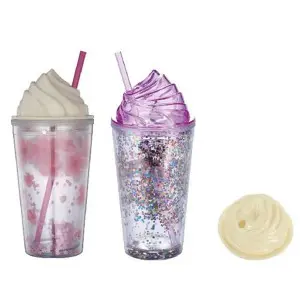In today’s fast-paced world, the need for sustainable practices is greater than ever. Among the many recyclable materials, glass bottles occupy a special place. These transparent treasures are often discarded after serving their primary purpose, but it is possible to embark on a remarkable journey through the recycling process. In this blog, we explore how glass bottles are recycled, revealing its positive impact on the environment.
Learn about glass recycling:
Glass has the remarkable property of being infinitely recyclable without losing its quality or purity. This makes it an ideal recycled material as it can be reused countless times in different forms. The glass bottle recycling process follows a systematic approach involving multiple stages to ensure efficiency and maintain the quality of the material.
Classification and collection:
The first step in glass bottle recycling is collection and sorting. Glass bottles are collected separately from other waste at recycling centers or designated collection points. They are then sorted by color, as different colored glass may have different chemical compositions and thus require separate recycling processes.
Crushing and cleaning:
After the sorting phase, the glass bottles undergo a thorough cleaning process to remove any impurities such as labels, caps or residual liquid. The cleaned bottles are then crushed into small pieces called cullet. The cullet is further crushed into fine fragments, similar to sand-like particles, ready for the next stage.
Melting and refining:
During this stage, cullet is melted at extremely high temperatures. The molten glass is then carefully molded into new shapes, such as bottles or jars, or transformed into other glass products, such as fiberglass or insulation. During the melting process, any contaminants or foreign matter are removed, ensuring that the recycled glass maintains its purity and quality.
Reuse and repurpose:
Recycled glass bottles can be used in various industries, bringing new life to this material. Some bottles were repurposed into new containers, while others were repurposed as decorative items or for architectural purposes. The versatility of recycled glass has found new uses in a wide range of applications, helping to reduce waste generation and conserve natural resources.
Environmental Benefits:
Recycling glass bottles has significant environmental benefits. By choosing to recycle rather than dispose, we save energy and reduce greenhouse gas emissions. Producing new glass from raw materials requires a lot of energy, and recycling glass can save up to 30% of the energy used in the manufacturing process. Additionally, glass recycling reduces the need for mining raw materials, thereby mitigating the environmental impact of mining activities.
in conclusion:
Once glass bottles are thrown away, it has the potential to make a significant transformation through recycling. From collection and sorting to melting and reuse, the glass bottle’s journey highlights the huge positive impact recycling has on the environment. By actively participating in glass bottle recycling, we not only reduce waste, but also save energy and protect natural resources. Together, let’s drive sustainable practices and make a difference, one bottle at a time.
Post time: Aug-04-2023
